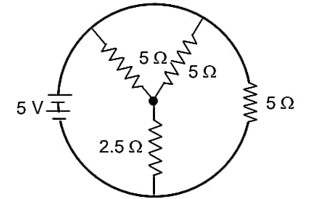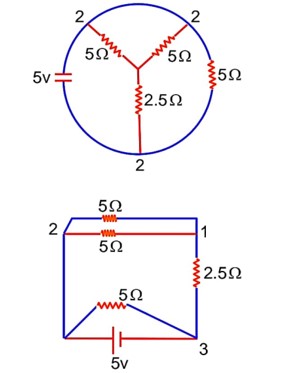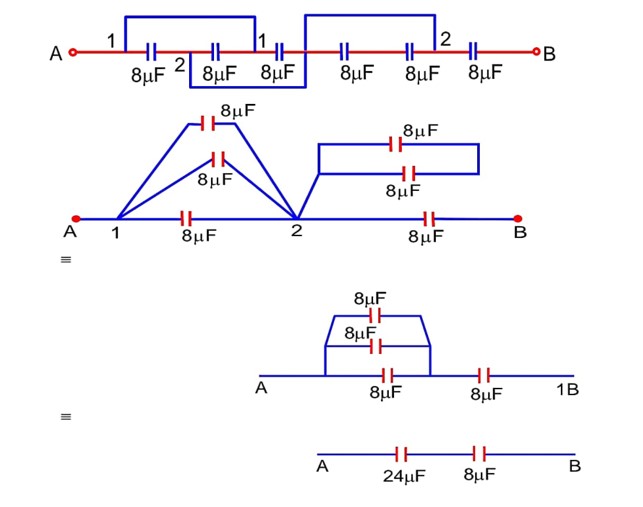Class 12th
Get insights from 12k questions on Class 12th, answered by students, alumni, and experts. You may also ask and answer any question you like about Class 12th
Follow Ask QuestionQuestions
Discussions
Active Users
Followers
New answer posted
2 months agoContributor-Level 10
Let five terms in G.P. be a/r², a/r, a, ar, ar²
Then, a (r? ² + r? ¹ + 1 + r + r²) / (1/a) (r? ² + r? ¹ + 1 + r? ¹ + r? ²) = 49
⇒ a² = 49 ⇒ a = ±7
Also, a/r² + a = 35
Therefore, a = -7 is not possible
Now, fifth term = ar² = a (7/28) = p ⇒ 4p = 7
New answer posted
2 months agoContributor-Level 10
T? = cot? ¹ (2²? ¹ + 1/2? ) = cot? ¹ (1 + 2²? ¹)/2? ) = tan? ¹ (2? / (1 + 2²? ¹)
T? = tan? ¹ (2? ¹ - 2? ) / (1 + 2? ¹ . 2? ) = tan? ¹ (2? ¹) – tan? ¹ (2? )
S∞ = π/2 - tan? ¹ (2) = cot? ¹ (2) = tan? ¹ (1/2)
New answer posted
2 months agoContributor-Level 10
lim (x→1) [f (1)g (x)-f (1)-g (1)f (x)+g (1)] / [f (1)g (x)-f (x)g (1)], form: 0/0
lim (x→1) [f (1)g' (x)-g (1)f' (x)] / [f (1)g' (x)-f' (x)g (1)] = 1
New answer posted
2 months agoContributor-Level 10
Focus of a spherical convex mirror is in the same side of centre of curvature. Thus, f = +
New answer posted
2 months agoContributor-Level 10
? + b? = λ? c? (i)
b? + c? = λ? (ii)
Form (i) – (ii),
? – c? = λ? c? – λ?
(1 + λ? )? = (1 + λ? )c?
? ? and c? are non – collinear
⇒ 1 + λ? = 0, 1 + λ? = 0
λ? = λ? = -1
⇒? + b? + c? = 0
New answer posted
2 months agoContributor-Level 10
I = ∫ (cos 4x-1)/ (cot x-tan x) dx = ∫ (2 cos² 2x-1-1)/ (cos²x-sin²x)/ (sin x cos x) dx
= 2 ∫ (cos² 2x-1) sin x cos x) / (cos 2x) dx = ∫ (cos² 2x-1) sin 2x) / (cos 2x) dx
Put cos 2x = t
-2 sin 2x dx = dt
I = -1/2 ∫ (t²-1)/t dt = 1/2 ∫ (1/t - t) dt
= 1/2 (ln|t| - t²/2) + c
= 1/2 ln|cos 2x| - 1/4 cos² (2x) + c
Taking an Exam? Selecting a College?
Get authentic answers from experts, students and alumni that you won't find anywhere else
Sign Up on ShikshaOn Shiksha, get access to
- 65k Colleges
- 1.2k Exams
- 679k Reviews
- 1800k Answers




